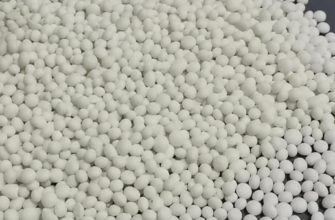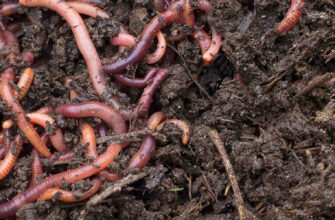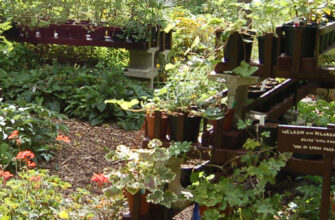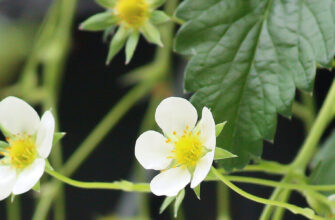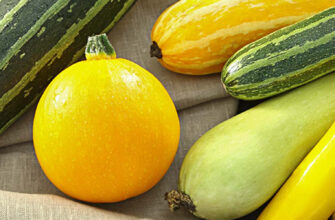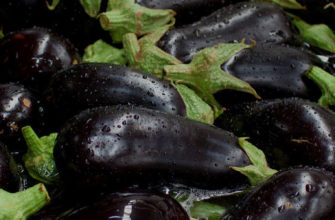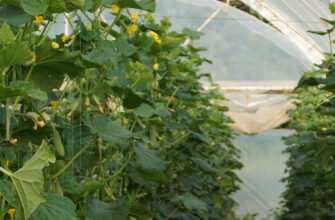Cover crops, also known as green manure, are a vital component of sustainable agriculture, helping to preserve soil health and boost crop yields without harming the environment. In this article, we’ll explore various types of cover crops, their benefits for soil and plants, and the key advantages and disadvantages of using them in farming.
Cover crops can be divided into several main groups based on their nature and beneficial properties:
- Cereal cover crops: Oats, barley, rye. These are used to add green manure, contributing organic matter to the soil.
- Leguminous cover crops: Alfalfa, peas, clover. These plants enrich the soil with nitrogen, enhancing its fertility.
- Cruciferous cover crops: Rapeseed, mustard. These are known for their ability to combat pests and pathogens.
Benefits of Cover Crops
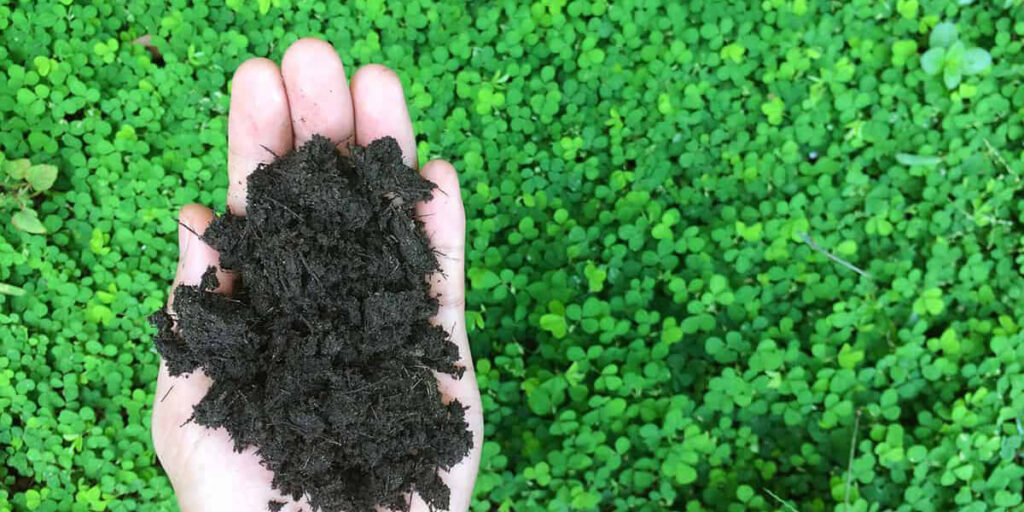
Cover crops are plants grown specifically to improve soil quality. Here are their key advantages:
- Nitrogen accumulation: Leguminous cover crops enrich the soil with nitrogen, which is captured from the air by nitrogen-fixing bacteria located in their root nodules. This nitrogen benefits both the cover crops and the subsequent crops grown in the same soil.
- Humus formation: Green manure is a crucial source of organic matter in the soil. The amount of humus formed depends on which part of the plant is used as fertilizer—only the above-ground biomass or the entire plant, including roots. The timing of incorporation also matters; for example, spring incorporation creates optimal conditions for preserving organic matter.
- Improved soil aeration and water retention: After cover crops are incorporated into the soil, the channels left by their decayed roots improve air and water movement in the soil.
- Reduced nutrient leaching: Cover crops help prevent the leaching of nutrients like nitrogen, calcium, and potassium (N + Ca + K). For instance, on sandy soils in regions like Polissia, cover crops planted during autumn rains retain soluble nutrients, particularly nitrogen.
- Utilization of nutrients from deeper soil layers: Rainwater dissolves nutrients in the topsoil and carries them to lower soil horizons, where most vegetables cannot access them. Cover crop roots absorb these nutrients from groundwater and use them to produce green biomass, effectively keeping nutrients in the arable layer.
- Soil stabilization: During the summer and autumn, soil under cover crops is less prone to erosion and compaction from rainfall. Water is absorbed rather than running off the surface, preserving the fertile layer and replenishing soil moisture.
- Soil shading and protection: Soil under cover crops is less likely to overheat or dry out, fostering active microbial activity and earthworm populations. For a short period, conditions resembling natural ecosystems are created, with plant cover protecting the soil surface and promoting fertility restoration.
- Reduced soil salinity: For example, sweet clover, a salt-tolerant crop, can be grown on saline soils as a phytoremediation tool. After incorporation, the channels left by its decayed roots allow salts to be leached from saline layers into deeper soil horizons. Its robust root system also retrieves calcium from deeper layers, aiding in desalinization.
- Increased crop yields: Cover crops enhance the effectiveness of agricultural practices, such as fertilizer application and soil tillage.
- Weed control: Competition and shading from cover crops reduce weed populations on the field.
- Disease suppression: Incorporating green manure enhances the activity of saprophytic soil microorganisms, which act as natural adversaries to many disease-causing pathogens.
- Pest reduction: Certain cover crops, like mustard, repel pests such as nematodes.
- Environmental safety: Cover crops require minimal chemical fertilizers and pesticides.
- Cost savings: They reduce expenses on fertilizers and plant protection products.
Drawbacks of Cover Crops
- Time: Cover crops require significant time for growth and processing compared to conventional fertilizers.
- Competition with main crops: Poorly chosen cover crops may compete with primary crops.
- Narrow carbon-to-nitrogen ratio (C:N): This can lead to a reduction in soil organic matter. To prevent this, combine green manure with small amounts of bedding manure or straw.
- Soil drying: In dry conditions, incorporating cover crops can dry out the soil, reducing effectiveness.
- Potential spread of diseases or pests: This can occur if the wrong crop is chosen or if its growth period is too long.
Types of Green Manure Crops – Benefits and Cultivation
Mustard
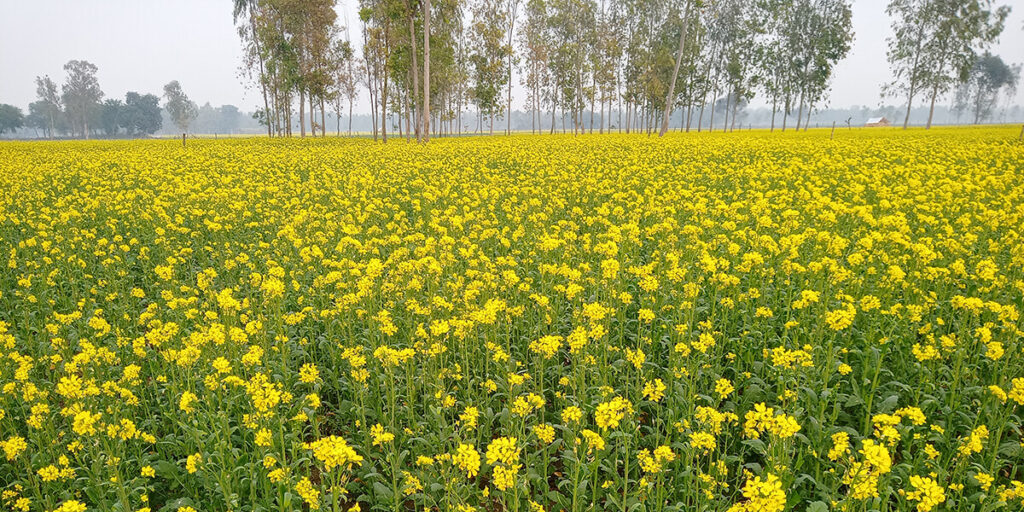
Mustard grows quickly and enriches the soil with nitrogen. It’s an excellent green manure that helps eliminate many diseases, pests, and weeds. This crop tolerates low temperatures well. During growth, mustard releases glycosides that suppress most weeds.
Mustard produces essential oils with antiseptic properties, preventing diseases like blackleg, rot, and wilting. Many pests, including wireworms and nematodes, are also repelled by this cover crop.
For mustard to benefit the soil, it should grow for at least three weeks. When is the best time to sow mustard as a cover crop? Ideally, sow it in autumn when the soil retains sufficient moisture after harvesting the previous crop. In dry conditions, germination may be uneven. As a long-day plant, mustard thrives with 12–15 hours of daylight and cool nighttime temperatures.
Mustard is recommended for fields where solanaceous crops (e.g., tomatoes, potatoes), cucurbits, or greens will be planted the following year. Avoid sowing mustard where cruciferous crops will be grown, as they share common diseases and pests.
Mustard seeds are sown shallowly and raked into the soil. The seeding rate is 300–500 g per 100 m². After 3–4 weeks, the green biomass is mowed or cut, ideally chopped, spread evenly, and incorporated into the soil at a depth of 3–4 cm. Deeper incorporation slows decomposition and reduces benefits.
Agronomist’s tip: For better results, add urea before incorporation and treat the biomass with Trichoderma. Do this on cloudy days for optimal effect.
Oats
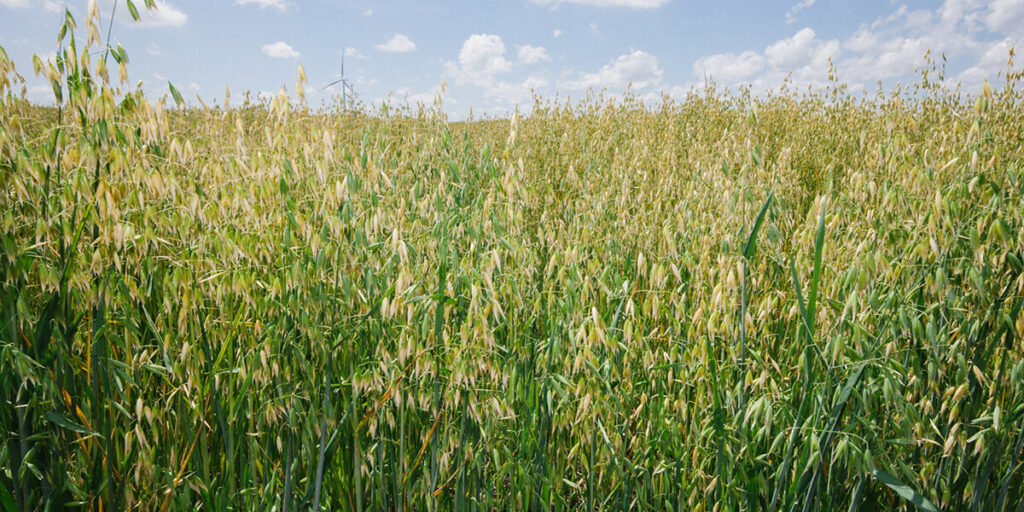
Oats have deep roots that loosen the soil and improve aeration. This cover crop grows quickly, supplying the soil with organic matter, phosphorus, potassium, and improving its structure. Oats reduce erosion and help control some weeds due to their dense root system. However, their short growing season means they are often used in combination with other cover crops or organic fertilizers.
Any garden crop, except cereals, can be planted after oats. Avoid sowing oats near potatoes, as they attract wireworms. Instead, plant oats after potatoes to disinfect the soil from root rot, scab, and nematodes.
Oats are adaptable to all soil types and tolerate low temperatures, making them suitable for early spring or mid-September sowing. They require moisture, so ensure adequate watering to avoid sparse germination.
On larger fields, sow oat seeds in rows; on small plots, broadcast sowing is fine. Loosen the soil and remove weeds before sowing. The seeding depth is 3 cm.
Harvest green biomass 40 days after germination for spring sowing. Mow the greenery and incorporate it into the soil, watering regularly to speed up decomposition. Avoid covering the biomass with a thick layer of soil, as this can cause it to sour.
Barley
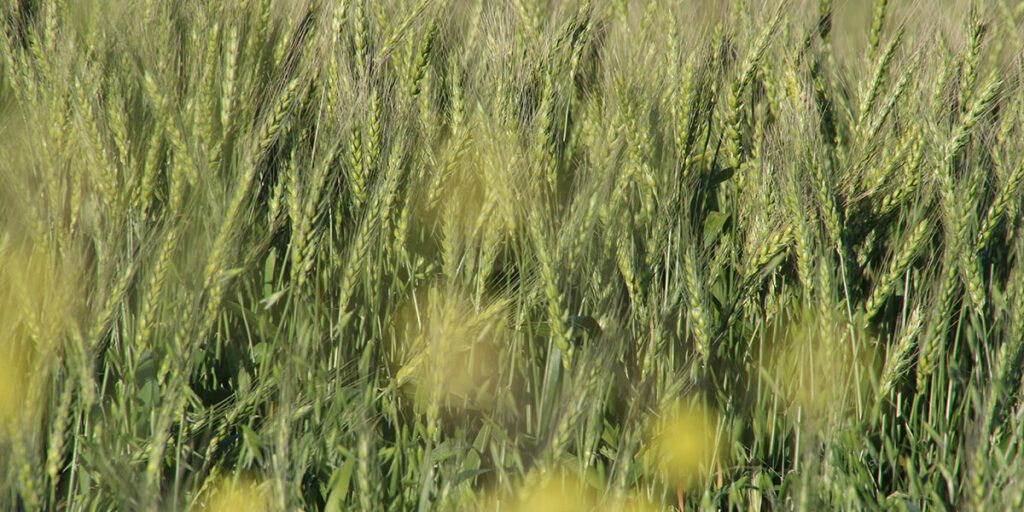
Barley’s dense cover helps retain soil moisture. This highly beneficial cover crop is drought- and winter-tolerant, adaptable to various soils, and supplies the soil with abundant nutrients.
All barley varieties are suitable as green manure, with differences only in sowing times:
- Winter varieties are sown in autumn after the main harvest. They germinate and establish roots before frost. Mowing and incorporation occur in late October or early November, depending on weather.
- Spring varieties are sown in early spring after snowmelt when soil temperatures are above freezing (mid-March to early April). Barley reaches 60 cm in 6–7 weeks, ready for mowing.
- Summer sowing: Barley can be sown on cleared plots in summer to improve soil fertility and structure before winter crops.
Sow barley seeds in rows or broadcast at a rate of 1.8–1.9 kg per 100 m². Mow 4–6 weeks after mass germination, before spike formation, and incorporate into the soil. The green biomass can also be used for composting as a multi-component organic fertilizer.
For maximum effect, avoid additional tillage after mowing and incorporation, allowing the plant to regrow above-ground biomass. This can yield multiple harvests per season, enhancing soil fertility.
Rye
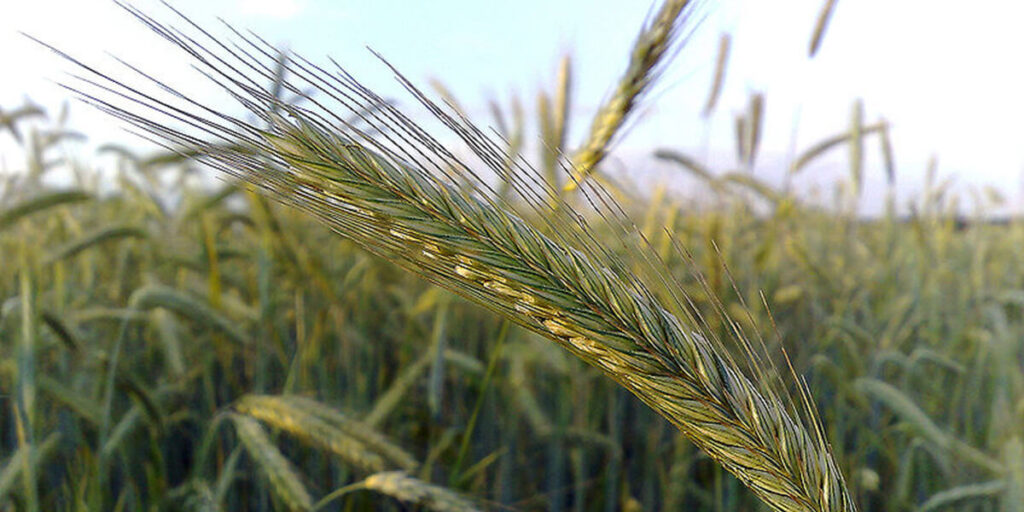
While rye doesn’t fix nitrogen, its root system improves nitrogen uptake from the soil. Traditionally used for flour, alcohol, kvass, and groats, rye has gained attention for its benefits as a cover crop.
Advantages of rye as a cover crop: Improved soil structure, protection from moisture loss and freezing, weed control, reduced soil compaction, and organic matter enrichment that feeds earthworms.
Winter rye cover retains snow, promoting gradual spring melting and optimal soil moisture. Rye seeds are cost-effective compared to manure and eliminate the risk of weed seeds often present in manure.
Rye has phytoncidal properties, suppressing late blight and other pathogens. Like other cereals, it’s an excellent cover crop for potatoes, reducing susceptibility to scab.
Drawbacks:
- Rye can be affected by aphids, bugs, and thrips, requiring insecticide treatment.
- Rhubarb, sorrel, and aromatic herbs may grow poorly near rye.
- Rotate rye with other cover crops to maintain soil health.
Rye adapts to various climates but isn’t suited for heavy or overly wet soils. It’s ideal for acidic, sandy soils.
Sow rye in autumn after the main harvest, before frost. Sow seeds at a 3 cm depth in loosened soil (for light soils), either in rows or broadcast, at a rate of ~2 kg per 100 m². Rake after sowing for better soil contact.
Mow green biomass twice per season. The cut material can be used as liquid fertilizer or mulch. Incorporate rye to improve soil structure.
Agronomist’s tip: Cover crops attract soil pests. Before incorporation, apply biopesticides like Metavite or Boverin+Metarhizin to control pests, and use biofungicide EM-1 to prevent diseases. The more biopesticides, the better!
Alfalfa
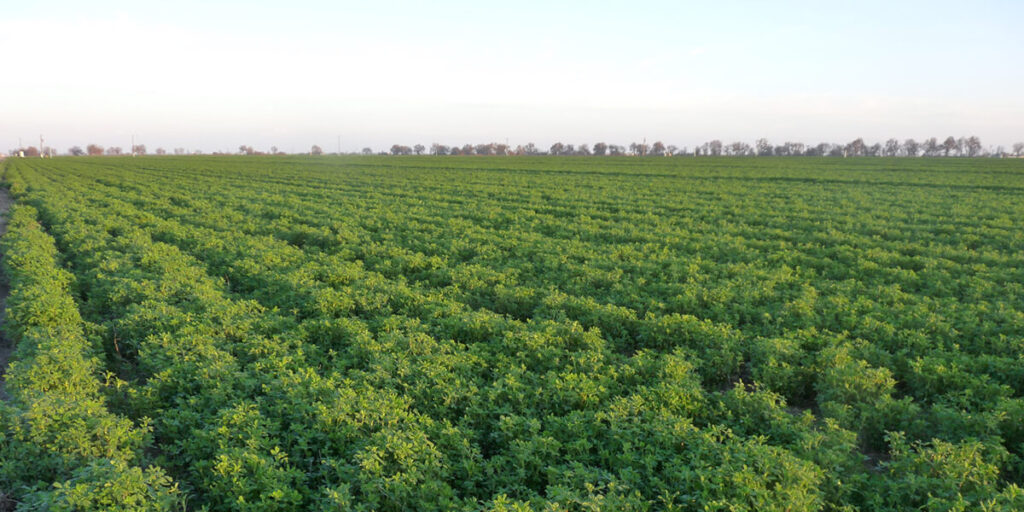
Alfalfa, a perennial plant, provides long-term benefits. It regrows after mowing, allowing multiple harvests per season. This leguminous crop significantly improves even the poorest soils, enriching them with nutrients through its roots and greenery.
Advantages: Nitrogen enrichment, improved soil structure, versatility, and tolerance to cold and drought.
Drawbacks: Sensitivity to conditions in the first month after sowing and unsuitability for highly acidic soils.
Alfalfa is effective for two years on depleted soils. Sow in autumn after deep plowing (25–30 cm) or in spring after harrowing with a roller. Seed incorporation depth should not exceed 2 cm.
Alfalfa thrives with natural rainfall, but overwatering can hinder germination. Mow 60 days after flowering, using the biomass for compost, animal feed, or leaving it to decompose.
Peas
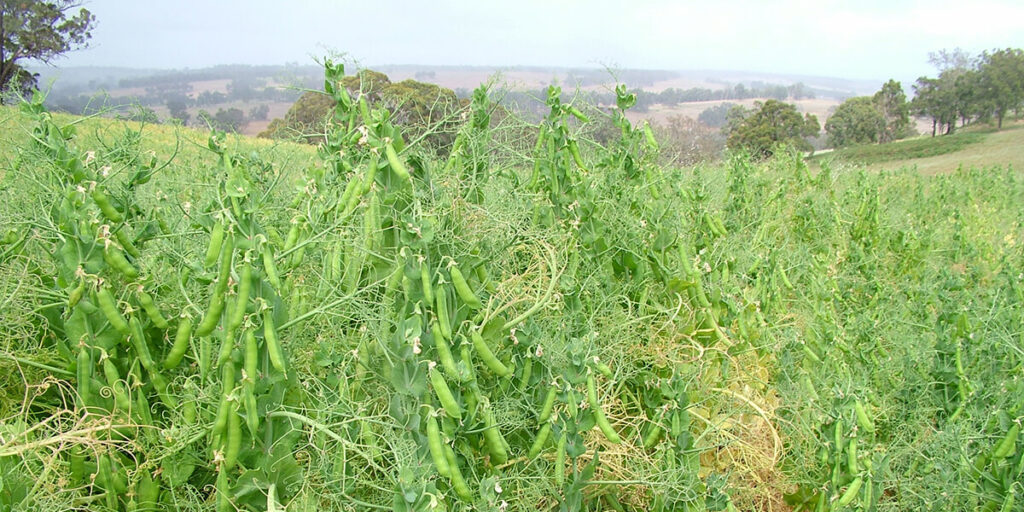
Peas, through symbiosis with nitrogen-fixing bacteria in their roots, capture atmospheric nitrogen and enrich the soil. This versatile legume extends beyond food and animal feed. It grows quickly, allowing multiple sowings per season. Leguminous cover crops improve soil drainage, aeration, and moisture retention.
Peas help control wireworms and onion root mites, balancing soil health and reducing disease risks. They’re ideal before sowing cereals, solanaceous crops, or brassicas.
Sow peas for green manure earlier than for consumption—after winter crops or before their planting. This allows the plant to grow and turn into humus before the next sowing.
Peas dislike clayey, sandy, or highly acidic soils. Ensure adequate soil moisture, as dry conditions prevent proper decomposition of stems and leaves. Provide additional irrigation if needed.
Sow pea seeds at a depth of 3–5 cm (up to 7 cm in dry or loose soil). Space rows 7–15 cm apart. Peas grow for 12–16 weeks.
Incorporate pea stems into the soil by digging or use a flat cutter to cut stems a few centimeters below the soil surface, allowing the main crop to grow while using cut stems for mulching. Peas can also be grown alongside main crops by sowing in holes nearby. When the cover crop reaches 5 cm, trim shoots and lay them on the soil.
Peas are an excellent choice for improving soil health and supporting robust growth of subsequent crops.
Clover
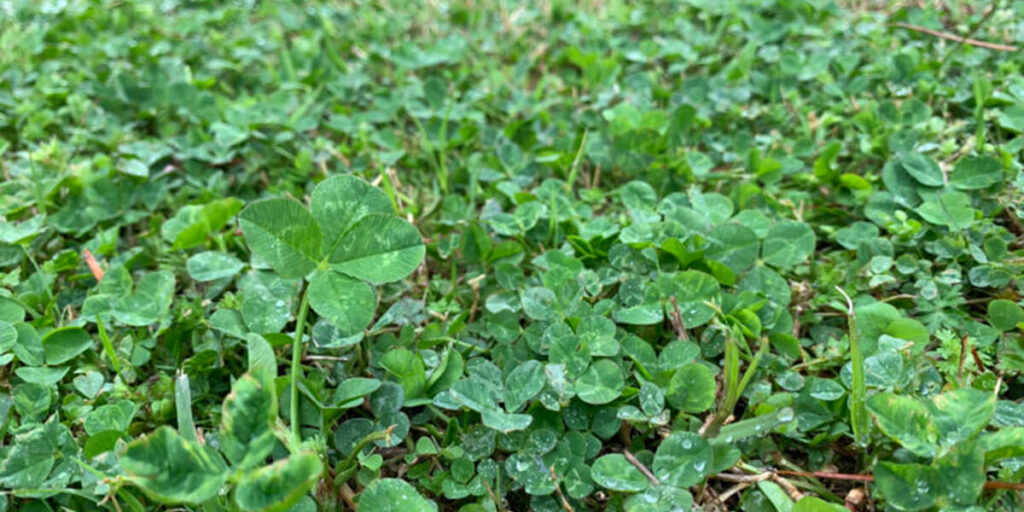
After cutting and incorporation, clover adds organic matter to the soil, boosting fertility. It’s an excellent precursor for most garden crops, except other legumes (e.g., peanuts, beans), which shouldn’t be planted for 3–4 years after clover.
Clover improves soil through its robust root system, loosening and draining heavy clay soils. Its dense sod prevents erosion, protecting soil from wind and leaching.
Like other legumes, clover works with nitrogen-fixing bacteria to make atmospheric nitrogen available to other plants. It’s also a great nectar source, attracting pollinators.
Drawbacks: Slow development, sensitivity to high humidity, overly acidic, saline, or waterlogged soils, and a tendency to spread.
All clover types—red (meadow), pink (hybrid), and white (creeping)—are suitable as green manure.
Sow clover from spring to late autumn on peaty, podzolic, clayey, or mineral soils. Clear the area of weeds and debris, and enrich with compost, superphosphate, and potassium salt before sowing. Mix clover seeds with sand (1:3), sow in moist soil, and roll for better contact. Seed depth is 2–3 cm, with a rate of 100–150 g per 100 m². Care involves regular watering, fertilizing, and loosening.
Clover matures in its second year. Mow, chop, and spread the biomass evenly. Moisten with water or fermented infusion, treat with an EM preparation, or cover with compost. After decomposition, make holes in the mulch for seeds or seedlings of main crops.
Clover, like other legumes, is a top cover crop with numerous soil benefits, requiring careful management.
Rapeseed
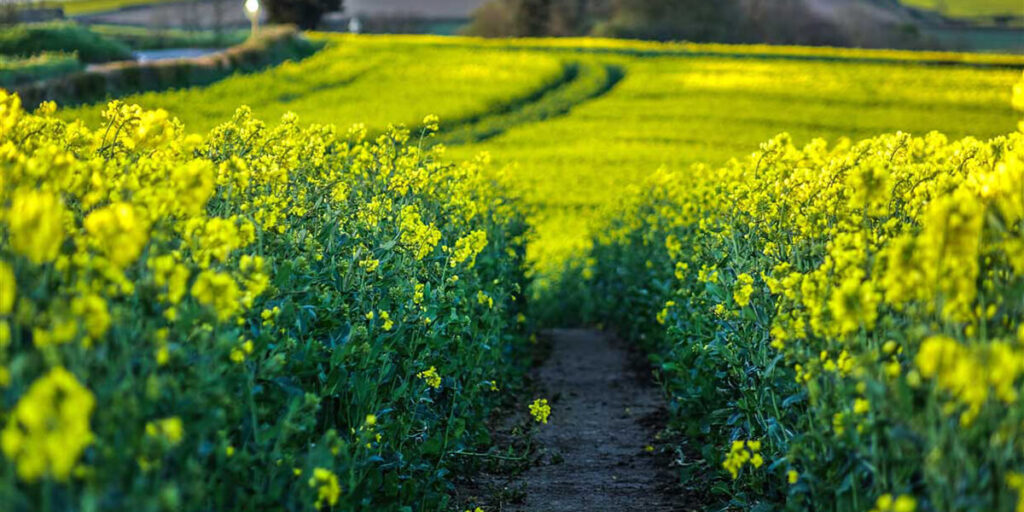
Rapeseed enhances soil moisture retention by reducing evaporation. This versatile cover crop improves soil quality but has specific considerations. Its deep roots and dense cover protect against erosion, retaining moisture and snow.
Rapeseed’s leaves and stems contain antiseptic essential oils, controlling pests and diseases. It’s a good nitrogen source for subsequent crops.
Drawbacks: Rapeseed doesn’t tolerate acidic or hard soils and reacts poorly to waterlogging. To prevent nematode buildup, sow it no more than once every four years.
Sow rapeseed in early spring or late winter if frosts have ended. It can withstand light frosts early in development.
Loosen the soil before sowing. Sow seeds at 2–3 cm depth in furrows, mixed with sand for even distribution. The seeding rate is 1.5–2 g per m² (up to 200 g per 100 m²). Rake and roll the soil after sowing for better seed contact.
If you have found a spelling error, please, notify us by selecting that text and pressing Ctrl+Enter.

